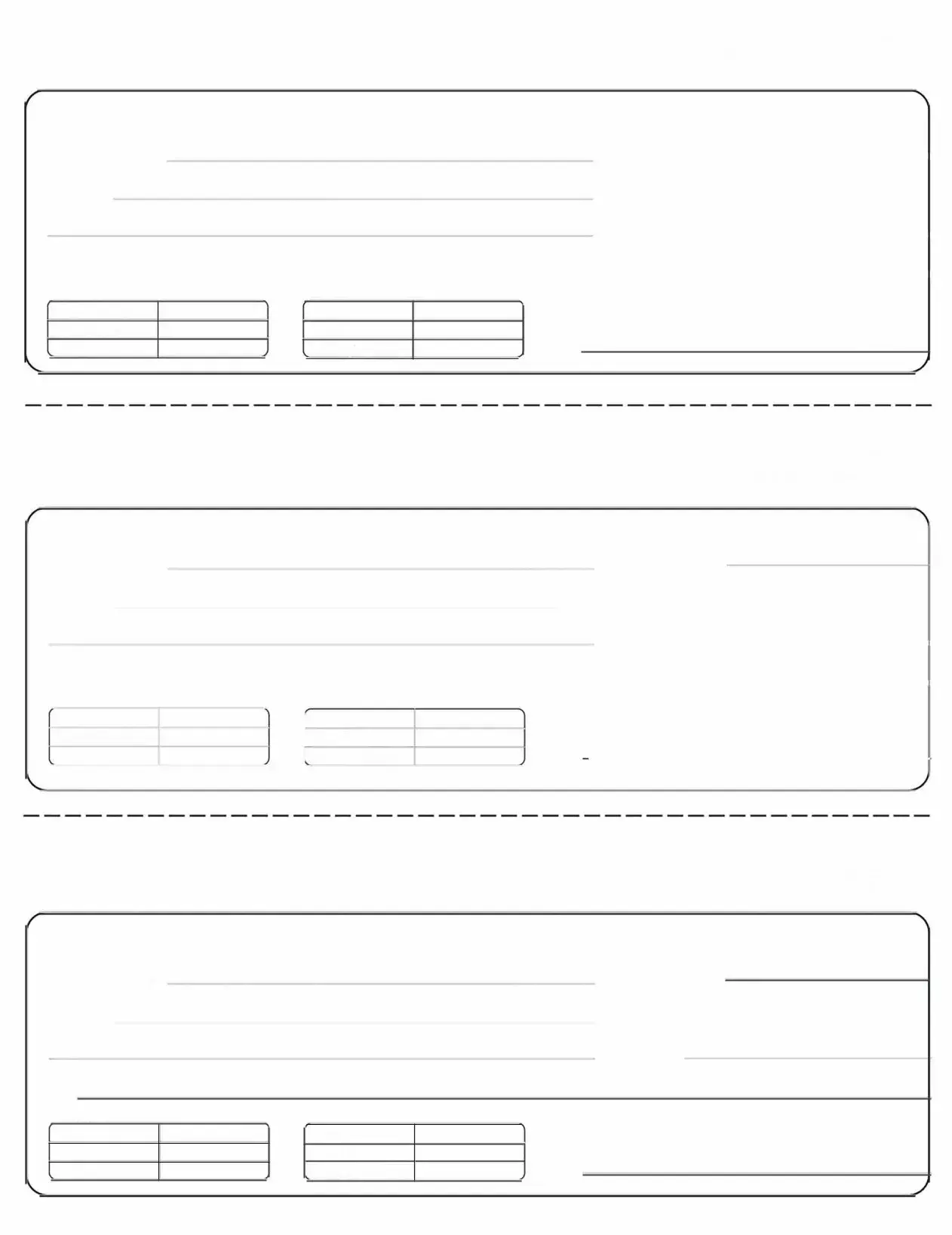Download Cash Receipt Template
The Cash Receipt form is a document used to record cash transactions, providing a clear record of payments received. This form helps businesses maintain accurate financial records and ensures transparency in their cash handling processes. To streamline your transactions, fill out the form by clicking the button below.
Access Your Document

